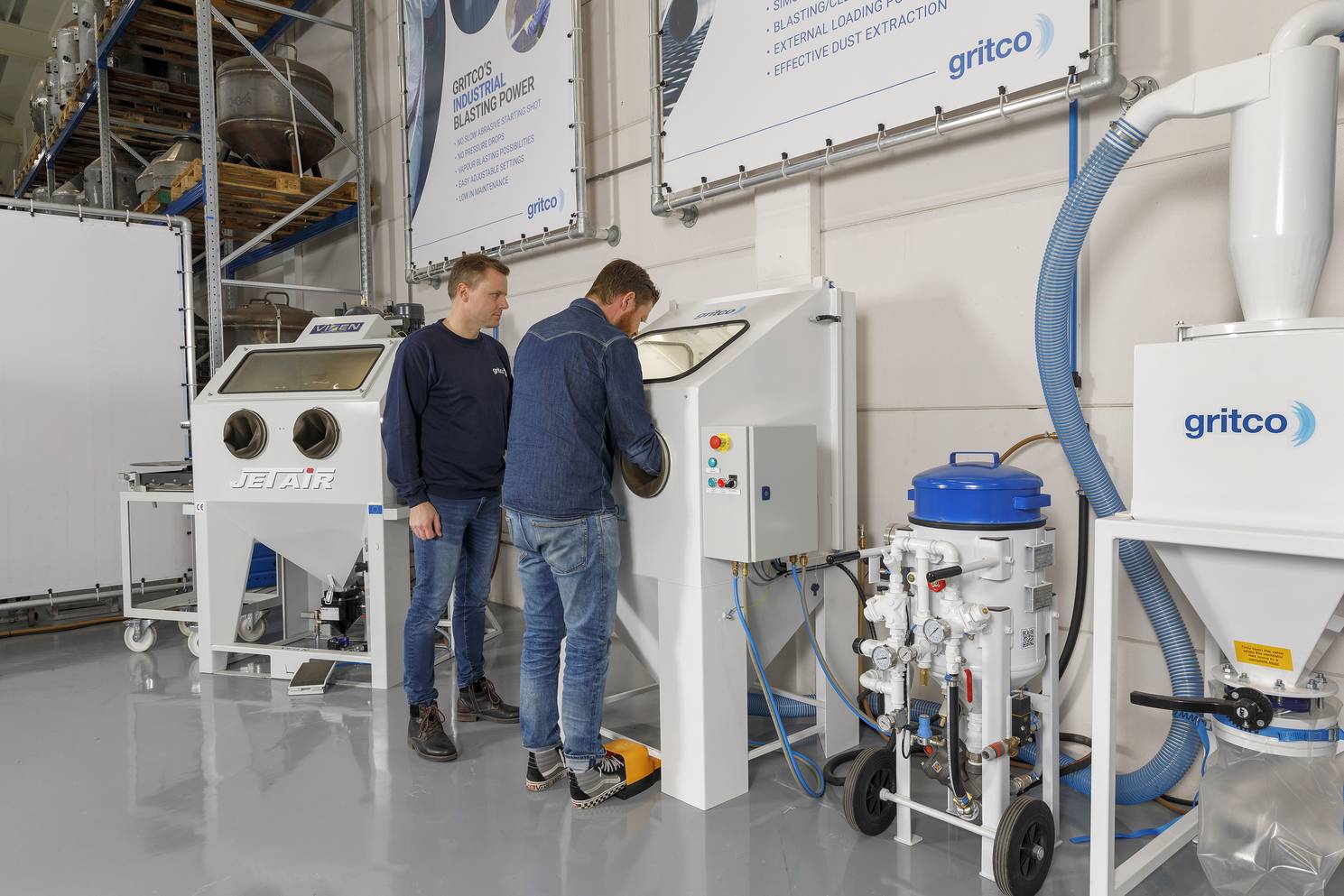What does SA 2½ mean?
This indicates the extent to which the surface has been cleaned after blasting.
ISO 8501: The guideline behind SA 2½
In 1988, the International Standards Organisation (ISO) released the guideline ISO 8501 entitled ‘Preperation of steel substrates before application of paints and related products’. It combines guidelines from Sweden (SIS 055900) and Germany (DIN 55928) and includes illustrations showing what each cleaning level looks like on different surfaces.
ISO 8501 divides cleaning levels into three categories:
- SA 1: Light blast cleaning
- SA 2: Thorough blast cleaning
- SA 3: Blast cleaning to visually clean steel
Later, ISO added a new level, SA 2½ (Very thorough blast cleaning), to provide a cheaper alternative to the highest level when near-perfect cleaning is not needed.
Note: SA 2½ indicates how clean the metal is after blasting, but it says nothing about its roughness! More about surface roughness can be found here.
-
Features of SA 1
Light blasting, also called ‘Sweep blasting’ or ‘Brush-off blasting’.
- Loosely adhesive material: 0%
- Strongly adhesive material: 100%
- Stains, streaks, shadows: 100%
This is used to remove loose rust, mill scale and old coatings. Good bonding materials may be left on the surface. This is hardly used anymore in preparation for coating.
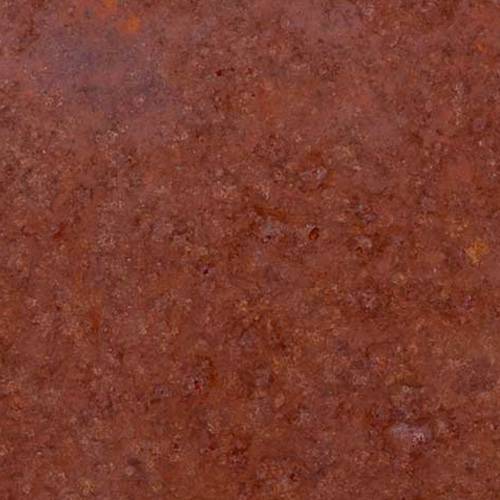
-
Features of SA 2
Thorough blasting, also called Commercial blasting.
- Loosely adhering material: 0%
- Strongly adhering material: 0%
- Stains, streaks, shadows: 33%
Commercial blasting removes strongly adhering material, but allows up to 33% of the surface to have shadows, streaks or stains. It is used when a high level of cleanliness is needed but not perfection, which is common when repainting in less corrosive environments such as tanks and bridges.
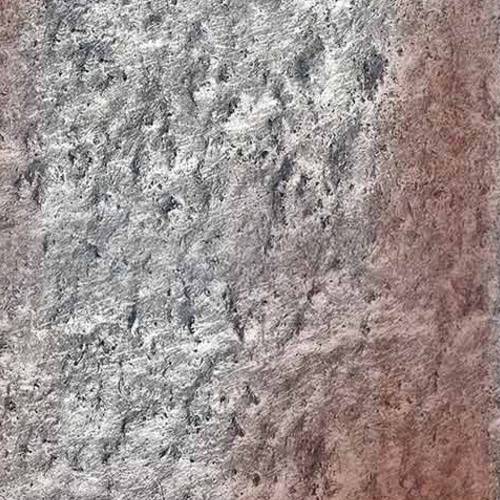
-
Features of SA 2½
Very thourogh blasting, also called ‘Near White’ blasting.
- Loosely adhering material: 0%
- Strongly adhering material: 0%
- Stains, streaks, shadows: 15%
Here, shadows, streaks or spots are allowed on up to 15% of the surface. It is chosen when it is not worth blasting to white metal (SA 3). Usually used for high-performance coatings in harsh environments such as offshore platforms, shipyards and other marine environments.
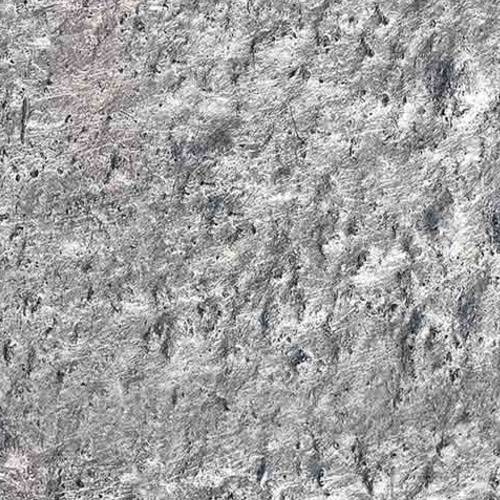
-
Features of SA 3
Blast cleaning to visually clean steel, also called ‘White Metal’ blasting.
- Loosely adhesive material: 0%
- Strongly adhesive material: 0%
- Stains, streaks, shadows: 0%
This is the highest standard of blasting, where no shadows, streaks or stains are allowed. It is necessary for extreme conditions such as high temperatures or corrosive environments where failure of the coating could have serious consequences, such as in nuclear reactors, turbines or submarines.
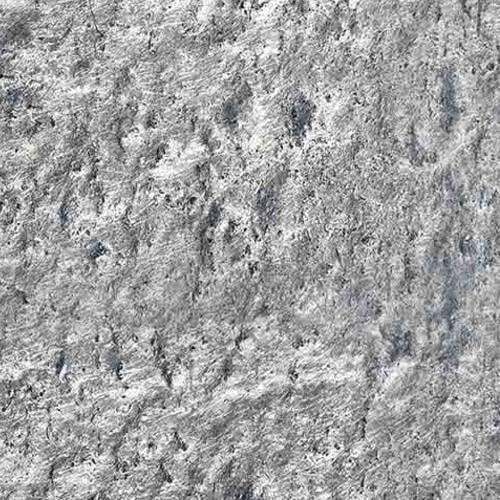
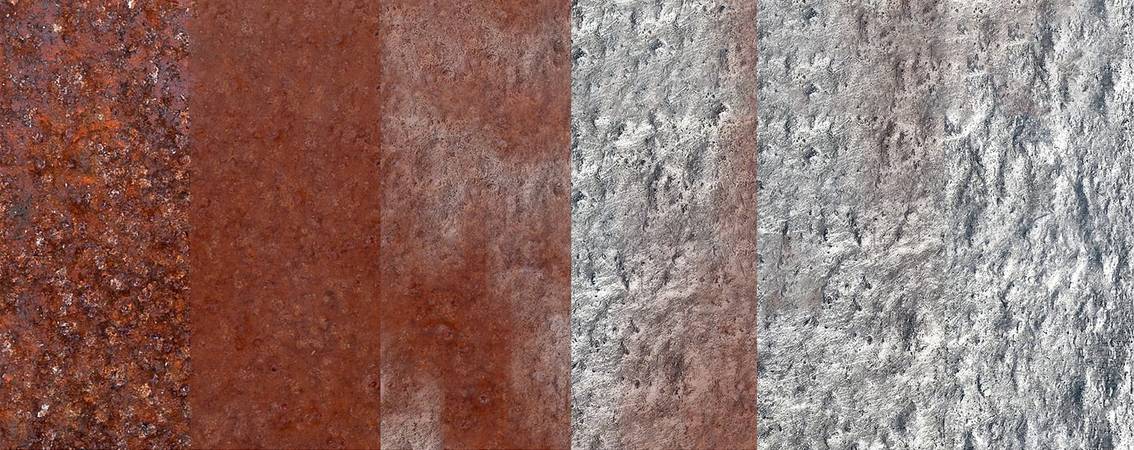
Why is this standard important?
To extend the lifespan of coatings and save costs, it is crucial that the surface is clean after blasting, for the following reasons:
- Improved coating adhesion: A clean surface ensures that coatings, such as paint or other protective layers, adhere optimally. This not only enhances durability but also improves the performance of the coatings.
- Corrosion prevention: Removing contaminants like rust, dirt, and old coatings reduces the risk of corrosion. This contributes to a longer lifespan of both the metal and the applied coating.
Surface preparation can account for up to 40% of the total coating costs. Therefore, owners aim to minimize costs for materials and blasting time. The highest level of cleanliness, "White Metal" (SA 3), is expensive and typically reserved for critical applications. For most projects, "Near White" (SA 2½) cleanliness is sufficient and is therefore the most commonly prescribed.
Discover our machines
Discover Gritco's high-quality equipment, developed from 35 years of experience and expertise. Optimise the speed and quality (and therefore SA cleanliness!) of your blasting with the right blasting machine and abrasive.
